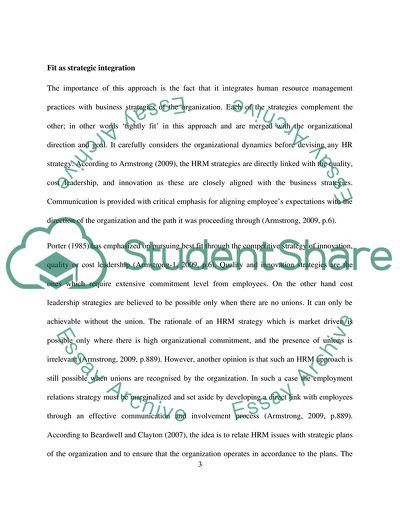Cite this document
(Human Resource Management: The Concept of Strategic Fit Coursework - 3, n.d.)
Human Resource Management: The Concept of Strategic Fit Coursework - 3. https://studentshare.org/human-resources/1768421-hrm
Human Resource Management: The Concept of Strategic Fit Coursework - 3. https://studentshare.org/human-resources/1768421-hrm
(Human Resource Management: The Concept of Strategic Fit Coursework - 3)
Human Resource Management: The Concept of Strategic Fit Coursework - 3. https://studentshare.org/human-resources/1768421-hrm.
Human Resource Management: The Concept of Strategic Fit Coursework - 3. https://studentshare.org/human-resources/1768421-hrm.
“Human Resource Management: The Concept of Strategic Fit Coursework - 3”. https://studentshare.org/human-resources/1768421-hrm.


